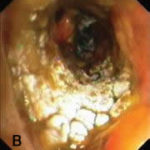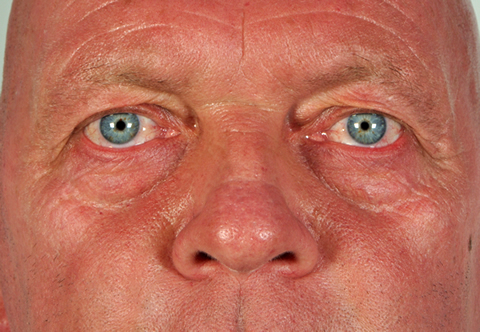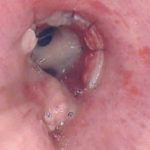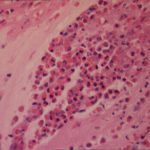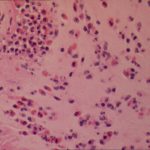Date: 7 February 2014
Copyright: n/a
Notes:
This man with immunocompromised with autoimmune disease developed bilateral invasive aspergillosis and a galactomannan antigen OD in BAL of 9.0. He was started on voriconazole and responded well. Some weeks later his face became erythematous and slightly uncomfortable. The photographs show the remarkable extent of his voriconazole photosensitivity with very little conjunctivitis or cheilitis (lip dryness). Monochromator testing to narrow band UVB, UVA and visible light and provocation testing was within normal limits. Voriconazole was stopped after 9 months of therapy and reduction of immunosuppression, with resolution of photosensitivity.
Images library
-
Title
Legend
-
Bronchoscopic manifestations of Aspergillus tracheobronchitis. (a) Type I. Inflammatory infiltration, mucosa hyperaemia and plaques of pseudomembrane formation in the lumen without obvious airway occlusion. (b) Type II. Deep ulceration of the bronchial wall. (c) Type III. Significant airway occlusion by thick mucous plugs full of Aspergillus without definite deeper tissue invasion. (d) Type IV. Extensive tissue necrosis and pseudomembrane formation in the lumen with airway structures and severe airway occlusion (Wu 2010).
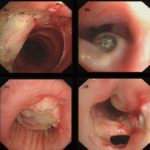
-
High resolution CT showing centrilobular nodular opacities and branching linear opacities (tree-in-bud appearance) (Al-Alawi 2007).
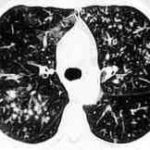
-
Chest X-ray showing poorly defined bilateral nodular opacities (Al-Alawi 2007).
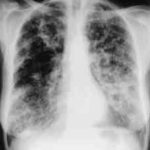
-
Gross pathologic specimen from autopsy shows the bronchial lumen covered by multiple whitish endobronchial nodules (arrows) (Franquet 2002).
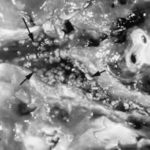
-
Invasive tracheobronchitis showing numerous nodules seen during bronchoscopy (Ronan D’Driscoll).

-
Pseudomembranous seen overlying the bronchial mucosa (Tasci 2006).
